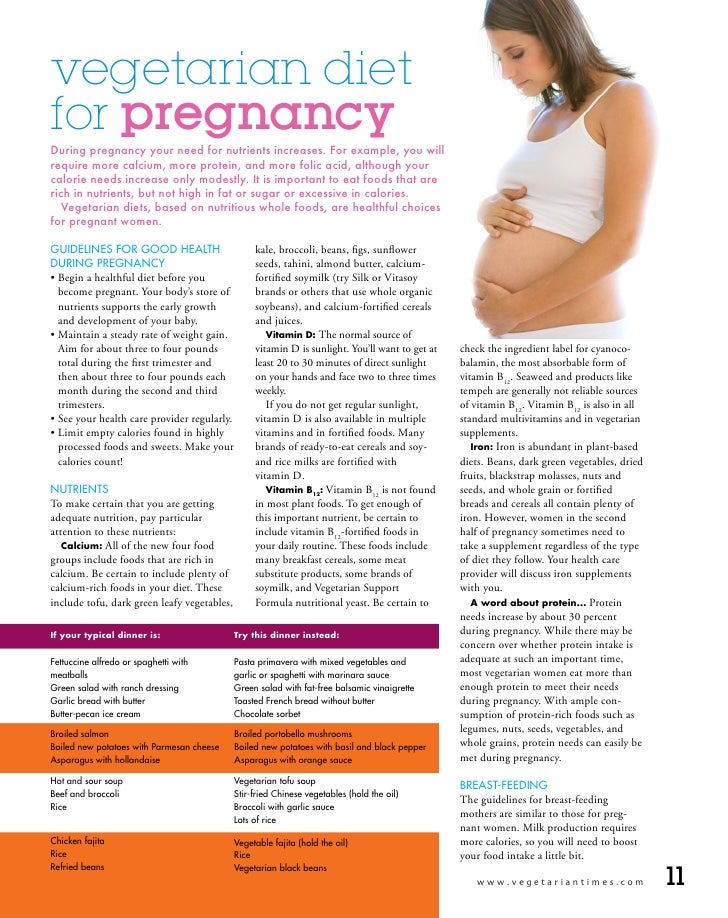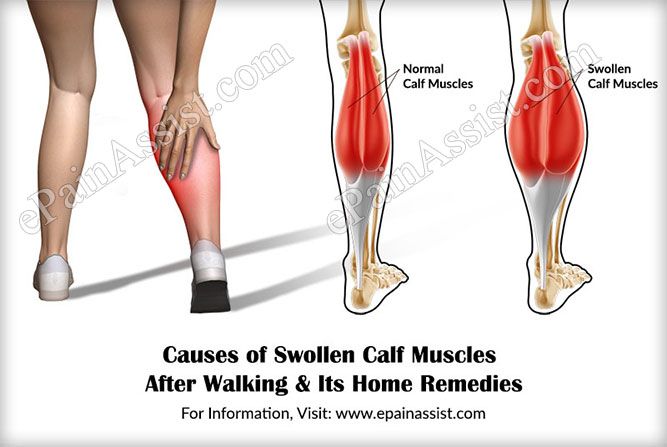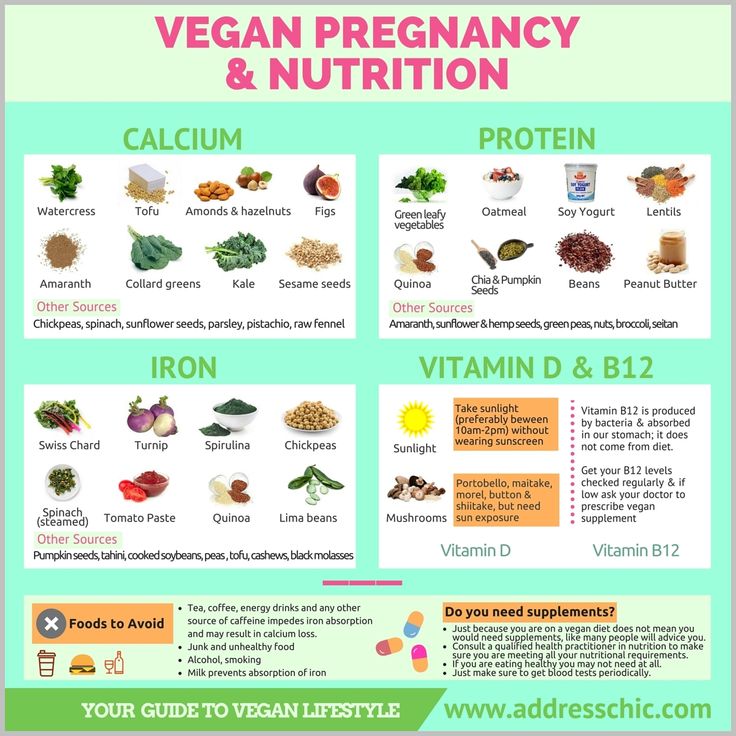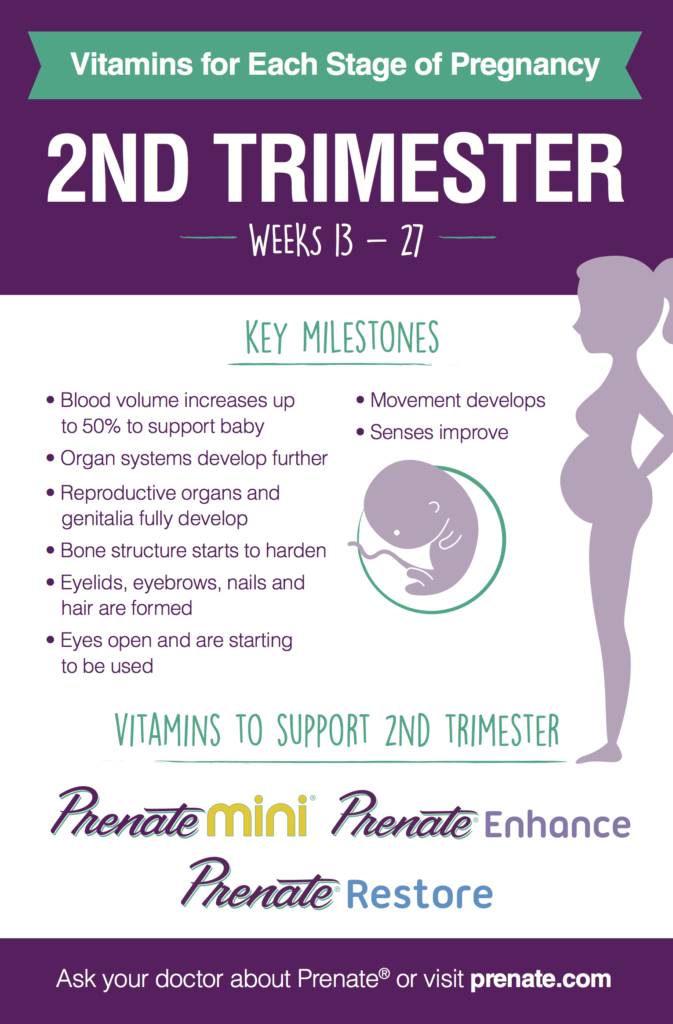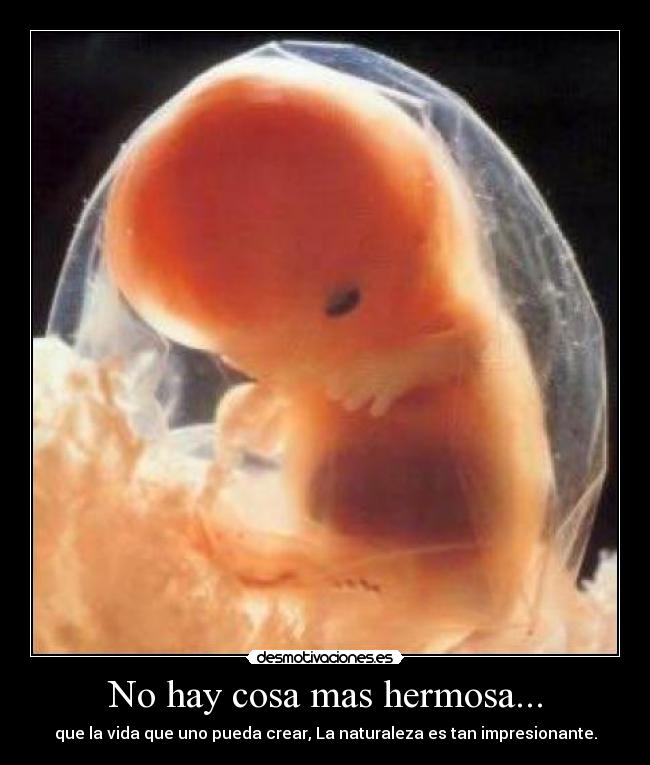Vagina delivery video
Woman giving birth: Live birth video
Narrator: Samiyyah is the owner of a day spa in Philadelphia. She is 38 weeks pregnant with her second child.
Samiyyah: With the first pregnancy, I delivered in a hospital, and it was very restricting, you know, being confined to the bed, not being able to, you know, move when I felt my body wanted me to do certain things.
Narrator: For her son Safi's birth, she was given pitocin to speed up labor, an epidural for pain management, and an episiotomy (a surgical cut to widen the vaginal opening).
This time, she's planning a natural delivery -- without pain medication and other medical interventions -- at a birth center.
Samiyyah: Yes, I've been told that I am completely crazy for being, you know, for not having the drugs, but I've been there and I didn't like it, so I figured I would try this. It's healthier for the baby; it's healthier for me. So why not? I mean, women, we were designed to do this.
Narrator: Seven days after her due date, Samiyyah's labor kicks into gear. At the birth center in Bryn Mawr, Pennsylvania, Julia Rasch, a licensed nurse/midwife, performs an internal exam and starts an IV line to give Samiyyah a dose of antibiotics, since she's positive for Group B strep.
Samiyyah is 3 centimeters dilated, 100 percent effaced, and her water hasn't broken yet, which is common in the first stage of labor.
Birth centers offer a more relaxed and intimate alternative to hospitals for women expecting uncomplicated births.
It's important to choose a birth center with nearby hospital privileges in case of an emergency.
Helping her through her first natural birth is her husband, Arvan. Her mother-in-law, Irena, and 6-year-old son Safi are there for support.
Samiyyah: We've talked about, you know, what he's gonna see, we've shown him pictures, and I think he'll be okay.
Narrator: As Samiyyah's labor progresses, her baby's heart rate is monitored every 15 minutes.
Samiyyah: My goal is to remain calm and try to stay level-headed.
Narrator: As her contractions pick up, she starts experiencing painful back labor, typically caused by the baby's head pressing against the lower spine.
Samiyyah finds some relief by trying a combination of slow steady breathing, constant deep massaging and counterpressure, spending lots of time in a heated Jacuzzi, and trying different labor positions.
Arvan: She's doing great. She's doing great. She's really pushing through.
Narrator: Her midwife feels it's time to break her water with an amni hook, since she can feel the amniotic sac bulging. This is a common procedure and usually helps speed up the labor process.
Samiyyah: I thought it would be painful, but it wasn't at all. Actually it was like a relief of pressure.
Midwife Julia Rasch: Large amount of clear fluid. Beautiful.
Narrator: Her contractions now intensify as she starts to feel the urge to push. This is called hard labor or transition. The muscles your body uses to contract are transitioning from dilating the cervix to pushing the baby down and out.
Midwife: The intensity of the contractions is increasing, and just a certain force is now really behind that baby coming.
Narrator: Transition can be the most painful part of labor -- but usually the shortest phase.
Narrator: Though most mothers dilate nearly 8 to 10 centimeters before transitioning, Samiyyah is only 5 centimeters dilated and is having trouble resisting the urge to push.
Arvan: Sam, do not push. Fight it. Fight it.
Samiyyah: I'm trying!
Narrator: Her midwife agrees her body is ready to deliver. Pushing before being fully dilated is uncommon. This is why each caregiver has to manage her patient's labor on an individual basis.
Midwife: Okay now, take a breath and do it again.
Narrator: Her midwife uses her fingers to pull back her cervical opening as Samiyyah pushes.
The midwife made the right decision, listening to her body. With just 11 minutes of pushing, Arvan and Samiyyah's baby emerges.
Samiyyah: [screams]
Arvan: Good job! Good job!
Midwife: There's your baby!
Narrator: Sami Sarrajj, a healthy boy, is placed immediately on his mother's chest.
Midwife: You did it! You did it!
Narrator: Dad cuts the umbilical cord, and the midwife collects some of the cord blood for routine testing.
It's not over yet. The midwife helps deliver the placenta, and a nurse presses on the fundus -- the upper part of the uterus -- to check how much the uterus has contracted.
Applying pressure is a common practice used by caregivers to help expel excess blood.
Samiyyah tore along her previous episiotomy line, and her midwife repairs it with stitches, which takes 15 minutes to complete.
Arvan: You did a hell of a job... Yeah!
Narrator: Samiyyah is now breastfeeding and bonding with her baby. Incredibly, in an hour, she is showered up and savoring some well-deserved fettucini Alfredo.
It was a fast delivery, with just four hours and 11 minutes of labor. Samiyyah's natural birth is a success, and she's ready to try it again.
Samiyyah: One more. We're going to try for a girl. (laughs)
Narrator: Everyone played a supportive part on the birth team… Even big brother Safi got to announce the news that his brother was born.
Birth Video Classes | Maternity
Education to prepare for Labor and Birth
The below videos will give you general information about labor, birth, comfort measures to help support a vaginal birth, medical options for labor and birth, and cesarean birth. They will help you and your support person better understand how labor works, and what you can do to make it a more comfortable experience on your special day. These videos do not take the place of taking a childbirth education series. Please visit classes website to get a full list of class options. Our classes and support groups are offered virtually by Teams and led by a Beaumont staff member. Learn more about our childbirth and parenting education classes to help you choose which class is best for you.
It is important to create a birth plan during pregnancy and discuss your labor and birth options with your OB provider. With your OB provider you will develop the best possible plan and begin the process of shared decision making. Shared decision making is important as: It can create a new relationship between individuals and professionals based on partnership. People want to be more involved than they currently are in making decisions about their own health and health care.
Shared decision making is important as: It can create a new relationship between individuals and professionals based on partnership. People want to be more involved than they currently are in making decisions about their own health and health care.
Some of your decisions before and during childbirth may affect your risk of cesarean. These decisions are best made in collaboration with your provider during your prenatal visits, well in advance of labor beginning. Here are some common decision points:
- Whether to wait for labor to begin on its own (induction of labor may increase your risk of cesarean)
- Whether to be admitted to the hospital in early labor or to wait until active labor (being admitted in active labor improves your chances of having a vaginal birth)
- How to monitor your baby’s heart rate during labor (low-risk women who are continuously monitored may be more likely to have a cesarean)
- Whether to have continuous labor support by a trained caregiver like a doula (continuous labor support improves your chance of having a vaginal birth)
- How to help manage labor pain and labor progress
- How to stay hydrated and maintain strength during labor
- Whether to remain mobile and upright during labor
- How to push around the time of birth
- What practices to engage in shortly after your baby is born and before you go home
Download your personal birth plan template now »
Get Started
Before You Begin
Normal Labor
Induced Labor
Relaxation Techniques
Breathing Techniques
Massage
Birth Positions
Squatting Positions
Upright Positions
How childbirth goes - video
https://ru.sputnik.kg/20190506/kyryzstan-ginekolog-rody-process-mulyazh-1044230580.html
How childbirth goes - video
How childbirth goes - video
Bela Ibrayeva, an obstetrician-gynecologist at the Clinic for Reproductive Health and Assisted Reproductive Technologies, showed the process of childbirth on a model. She explained...0002 ru_KG
She explained...0002 ru_KG
Sputnik Кыргызстан
+74956456601
MIA „Rosiya Segodnya“
1920
1080
true
1920
1440
true
https://sputnik. kg/img/104423/52/1044235263_317:0:1280:722_1920x0_80_0_0_059cb2ae2202c0f20e15bd6034ca7a42.jpg
1920
1920
true
Sputnik Кыргызстан
Wrong behavior of a woman during attempts can injure a child in utero. To give birth to a healthy baby, it is important to exhale and breathe smoothly and slowly at the doctor's command. Sharp manipulations with air can cause birth injuries.
Doctors recommend thoroughly preparing for childbirth - in the last stages of pregnancy, more rest and sleep, because attempts require tremendous energy and strength.
"I am a parent" is a social project about parenthood and upbringing. Its goal is to increase the awareness of women and men about the responsible approach to creating a family, about planning pregnancy and childbirth, and raising children. We tell the stories of parenthood of famous Kyrgyzstanis, as well as talk with specialized specialists (obstetrician-gynecologists, pediatricians, nutritionists and psychologists) who provide recommendations. nine0003
Its goal is to increase the awareness of women and men about the responsible approach to creating a family, about planning pregnancy and childbirth, and raising children. We tell the stories of parenthood of famous Kyrgyzstanis, as well as talk with specialized specialists (obstetrician-gynecologists, pediatricians, nutritionists and psychologists) who provide recommendations. nine0003
Childbirth perineal incision
why it is needed
In obstetrics, the term "perineum" means a small distance between the vagina and the anus. It is this place that obstetrician-gynecologists mean when they talk about a rupture or incision of the perineum. During childbirth, the baby's head moves through the birth canal and reaches the pelvic floor, stretching the muscles and skin of the perineum. The maximum load on the perineal tissue is experienced during the second stage of labor, when the baby's head erupts. It is at this point that the perineum may rupture. To prevent this from happening, and do episiotomy - a surgical incision in the perineum, between the vagina and anus . A surgical incision is always better than a spontaneous rupture, because it has smooth edges and will heal faster than a laceration. In addition, the doctor can control the length of the incision, and a spontaneous rupture runs the risk of stretching both over a long distance and to a great depth.
A surgical incision is always better than a spontaneous rupture, because it has smooth edges and will heal faster than a laceration. In addition, the doctor can control the length of the incision, and a spontaneous rupture runs the risk of stretching both over a long distance and to a great depth.
how it happens
The perineum is cut at the end of the second stage of labor, if there are characteristic signs of an impending rupture - protrusion of the perineum, cyanosis, swelling, pallor of the skin. The incision is about 2–3 cm long, with minimal blood loss. And most importantly - this manipulation is completely painless: at the height of the attempts, the tissues of the perineum are so overstretched that the blood flow in them stops, respectively, pain is not felt . But the incision is sewn under local anesthesia, so again the woman does not feel any severe pain, they do this after the baby and the placenta are born. While the mother is in the maternity hospital, the midwife of the postpartum department treats the stitches with antiseptics every day. Sometimes in the first three days, with swelling in the area of \u200b\u200bthe seams, ice is applied to them. nine0003
Sometimes in the first three days, with swelling in the area of \u200b\u200bthe seams, ice is applied to them. nine0003
and then what?
Women who have had a perineal incision during childbirth will have to follow certain rules. If after a normal birth with an episiotomy it is allowed to walk almost immediately (by the end of the first day for sure), then you can’t sit after an episiotomy for two whole weeks - and this is the main inconvenience after this manipulation. It will be necessary to feed the child in a lying position, and she herself will have to stand or lie down. If you still need to sit down (for example, you have to travel in a car), you can use seat pad (sold in pharmacies) or children's inflatable swimming ring. It will be possible to sit down completely when the stitches are completely healed: most often this happens in the first two weeks after childbirth.
In the first few days after childbirth, do not push hard during bowel movements, if necessary, you can use a laxative.
taking care of the suture
· At home, you need to continue treating the incision site - even at the maternity hospital, you should ask the doctor what kind of antiseptic is needed and how often the suture should be treated. nine0003
· In order for the incision to heal faster and better, it is necessary to change the maternity pads frequently - every 3-4 hours. You can also give yourself air baths once or twice a day.
· After each visit to the toilet, wash the external genitalia and gently pat the perineum dry. In addition to ordinary running water, you can use a solution of chamomile, calendula.
· If there is swelling in the area of the stitches, then you can apply a chilled gel pack, ice to them for a short time. nine0003
pay attention
Some time after the episiotomy there may be some pain in the suture area, burning, discomfort, irritation and swelling of the skin is possible - this is a normal phenomenon: after all, there was a surgical intervention and it takes time for the tissues to recover. In general, the perineal incision heals most often without complications - only a small skin scar remains, which becomes almost invisible over time.
In general, the perineal incision heals most often without complications - only a small skin scar remains, which becomes almost invisible over time.
But sometimes healing is delayed or complicated by some kind of inflammation, for example, this happens if a woman has colpitis - inflammation of the vagina. Then the pain, swelling either intensifies, or simply does not go away for a long time, in the area of \u200b\u200bthe seam there is a feeling of pulsation, twitching, bursting, and there may even be purulent discharge. Then you should immediately consult a doctor, he will examine the seam and prescribe treatment. nine0003
how to avoid
Of course, episiotomy during childbirth is not done for everyone, but only according to indications. But still, every woman wants to avoid it. To do this, you need to behave correctly in childbirth: the main thing is not to pinch, you must, on the contrary, try to “open up” as much as possible in order to release the child. How to do this, as well as how to behave in and between contractions, how to breathe, what positions to take, how to reduce labor pain, future parents will be taught at school. Such preparation, as well as an optimistic attitude, will help to endure the birth and, possibly, avoid an incision. nine0003
How to do this, as well as how to behave in and between contractions, how to breathe, what positions to take, how to reduce labor pain, future parents will be taught at school. Such preparation, as well as an optimistic attitude, will help to endure the birth and, possibly, avoid an incision. nine0003
Also, from 36 weeks of pregnancy, perineal massage with oil can be performed daily. And although there are no statistics that such a massage reduces the likelihood of an episiotomy, nevertheless, the perineal tissues will be slightly moistened, stretched, the woman will feel her body better - all this is also a small prevention of surgical manipulation.
Do not think that everyone is doing an episiotomy during childbirth “just in case”, as people who are far from medicine often write. No, the doctor and midwife also want to avoid this intervention as much as possible, so if you still had to do an episiotomy, treat it with understanding - after all, this incision helps to keep the woman healthy.

